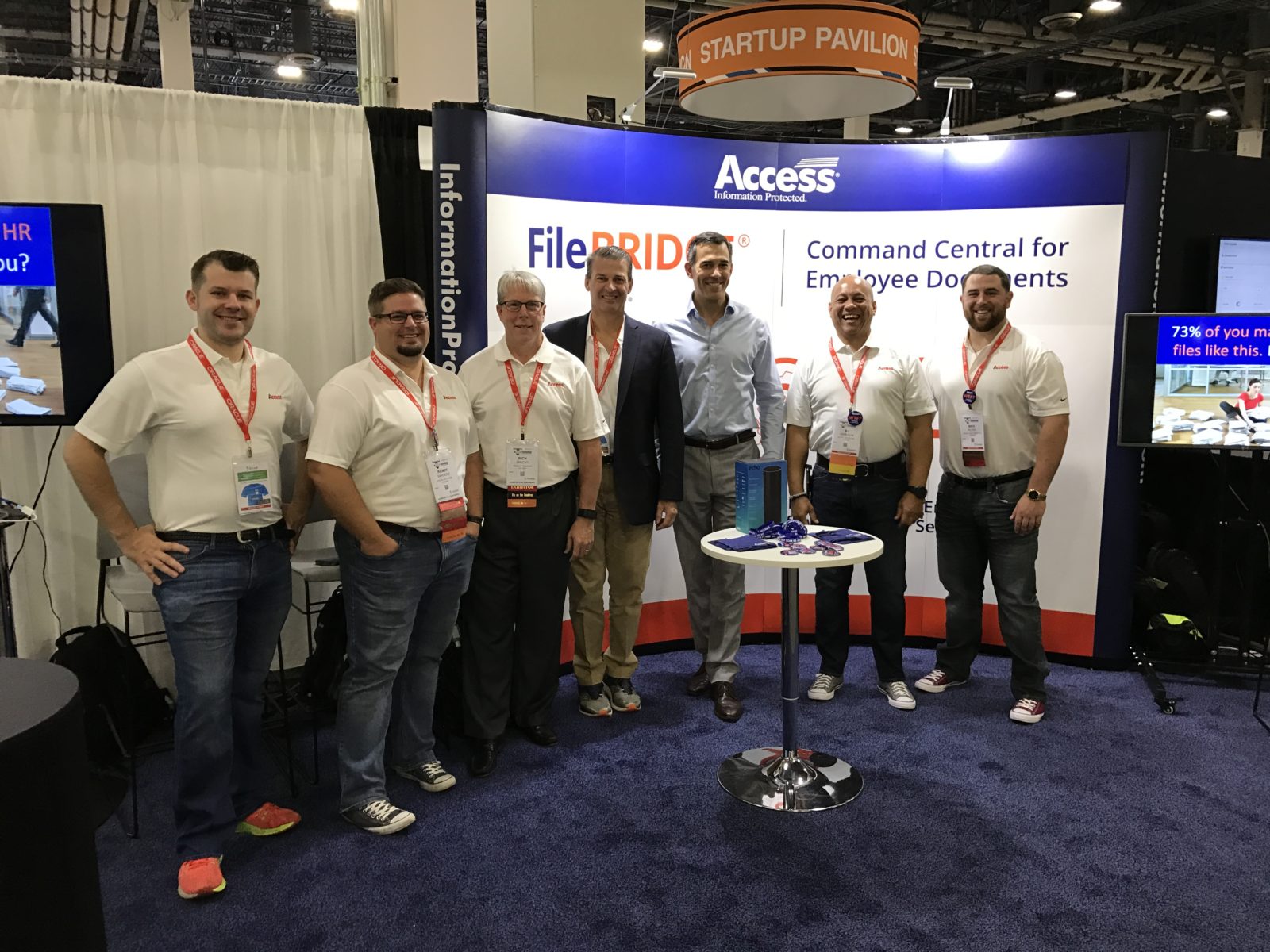
Every year the HR Technology Conference and Exposition offers insight into the future of HR technology. This year, I had the opportunity to attend and listen in on several keynotes sessions, participate in conversations with HR professionals, and check out some of the latest HR technologies available. While some of this year’s themes were quite familiar, the conversation around them sparked new ideas, questions, and answers. Here are a few interesting observations from my time in Las Vegas:
Millennials are changing the way we all work.
The incoming generation of employees in the workforce, the Millennials, are not satisfied with sub-par platforms, apps, or devices. To them, the Internet is a right, not a privilege. (By the way, that’s how business is done in 2017.) This new generation of workers is entrepreneurial, and the lines between their work and social life are blurred. They tend to work whenever and wherever they want, and agile is not just a development term anymore. With this in mind, HR must provide the right tools, on the right platform, for employees to self-service.
Keeping up with new HR technology can be challenging.
It’s certainly clear that technology companies are trying to capture a piece of the billions of dollars that are going to be spent on HR technology in 2018, and major players like Workday, Ultimate, Google, and LinkedIn are leading the charge into the future. The trouble is that HR professionals need to keep up. HR will continue to be forced into change, evolving into part technology, part analysis, part training, and all recruitment. While at HR Tech, it became obvious that companies are relying on technology to find and hire the right individual the first time, and they will pay for technology to make sure that happens. It’s also getting to the point where if you, the job seeker, do not have a social media presence, you will not be found. And be prepared for video interviews!
HR will have a strategic role within organizations.
The shift from tactical to strategic processes will earn HR a place at the executive level. Now is the time for HR professionals to reinvent themselves as the cultural leaders of the organization who can help drive and manage change. In doing so, HR will be able to shape what the workplace environment looks like for our future leaders. With today’s technology, HR has the opportunity to be creative when attracting and retaining talent, as well as in how their employees communicate and learn, how employees are rewarded, and ultimately, in the health and well-being of employees. Additionally, by using technology to make sense of big data trends, HR will be able to provide strategic business value for resource planning, smarter recruitment, talent management and employee retention.
Regulations aren’t going anywhere.
The avalanche of administrivia that HR still must contend with continues to grow as the regulatory environment proliferates. While reinventing themselves to become more agile, HR is still bogged down by rules, regulations and compliance concerns from federal, state, local and even global legislation. To comply, HR must protect, report on or produce critical employee documents, and depending on their technology solution, these time-consuming but necessary tasks can create a strain on the HR team and distract them from being employee-focused. Many companies are still managing this information in part or completely on paper!
Say hello to AI.
At the HR Technology conference, one of the emerging trends was Artificial Intelligence (AI) and ‘Bots.’ Computer applications that can simulate discussions between an employee or candidate and a member of the HR team can help take the strain off HR for frequently asked questions. If employees can serve themselves in a more efficient way than with traditional knowledge bases, then HR can remain focused on more strategic initiatives.
In order to continue down the path to strategic status, HR must reduce the tedious administrivia. This can be done by aggregating information from various applications, removing the paper, remaining compliant and helping employees and candidates serve themselves. With these steps, HR can turn their focus towards more important initiatives including leading the cultural shift within organizations and fostering the growth and development of their employees.
By Randall Sanders: Senior Specialist, Digital Solutions